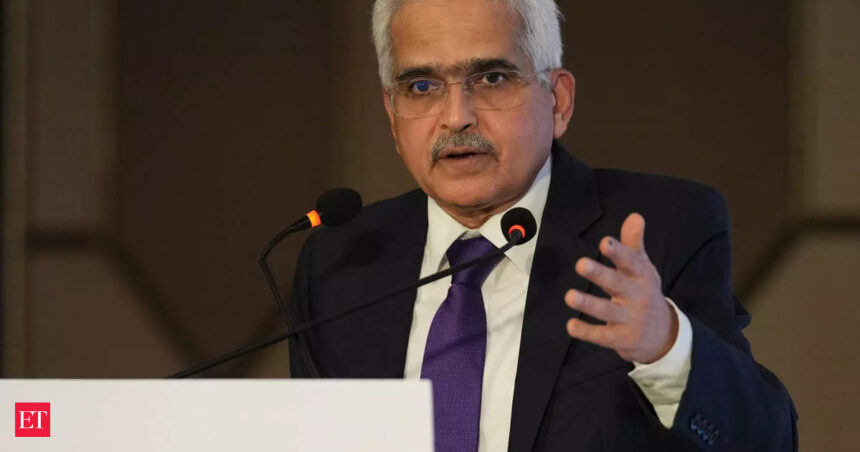Mumbai: The Reserve Bank of India (RBI) governor Shaktikanta Das has cautioned against any immediate reduction in interest rates, citing the current inflation levels that are above the target. Das emphasized the need for vigilance as inflation is expected to remain high in the near term.
“Inflation is showing signs of moderation, but there are certain risks that we need to closely monitor,” Das stated at a Bloomberg event on Friday. “Therefore, a premature rate cut at this juncture could be highly risky, especially when inflation is at 5.5% and anticipated to stay elevated in the upcoming period.”
India recorded a retail inflation rate of 5.49% in September, reaching a nine-month high due to increased food prices.
The RBI aims for a 4% inflation target with a two-percentage-point tolerance band on either side. Das acknowledged the anticipated rise in inflation for September and October but expressed optimism for a moderation in the following months.
Contrary to the notion that the RBI is lagging in interest rate cuts, Das explained that the central bank is focused on ensuring a sustainable decrease in inflation before considering aligning with the global trend of monetary easing.
Following a series of rate hikes totaling 250 basis points from May 2022 to February 2023, the RBI has maintained the repo rate at 6.50%. The next meeting of the RBI Monetary Policy Committee is scheduled for December 4-6.
When addressing concerns raised by foreign investors regarding Indian regulations, Das highlighted issues related to know-your-customer (KYC) norms and the necessity of understanding the ultimate beneficial ownership of investments.
On the topic of the rupee’s exchange rate and foreign exchange reserves, Das clarified that the RBI does not manipulate the currency value. He attributed the rupee’s 11% depreciation against the US dollar over a two-and-a-half-year period to global market trends.
Despite recent depreciation of the rupee against the dollar, Das emphasized that the RBI does not intervene in managing the exchange rate. Recent declines in the rupee were influenced by external factors like foreign outflows from local stocks and geopolitical tensions in West Asia.
In conclusion, Das reiterated the importance of monitoring inflation levels and adopting a cautious approach towards interest rate cuts in the current economic environment.










